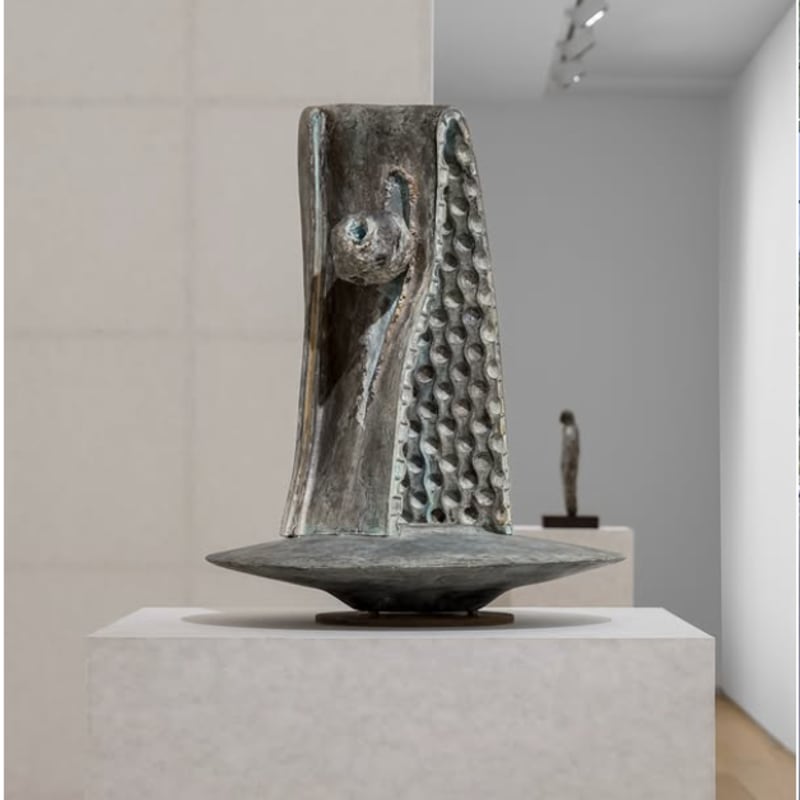Robert Rauschenberg in Black and White By Sarah French and David Salle
In the first decades of the twentieth century, few Americans living in rural areas ventured very far from home. Many people never saw a big city or a landscape farther than fifty miles from the one in which they were born. Sons of privilege traveled, usually by train, to go to college. Wealthy families sailed to Europe for the Grand Tour. Ordinary people stayed home on the farm or minded the store. For hardscrabble families like Robert Rauschenberg’s, travel, when it happened, was often courtesy of the US military.
In this, the nineteen-year-old Bob (or Milton, as he was then still known) was very much part of his generation. The Navy gave Rauschenberg his initial taste of wanderlust, taking him in 1944 from his home in Texas first to Idaho and then to California. In 1948, Rauschenberg went to Paris to study art, where he met his future wife, Susan Weil, who introduced him to the world of museums and galleries. A few years later, the artist Cy Twombly, whose origins were of a more genteel version of Southern ramble, completed the job of opening Rauschenberg’s eyes to the wider world, especially to Southern Europe, with its monuments and antiquities, as well as to the life of cafés, rented rooms, tile roofs, and moonlit Mediterranean summers. Both men were attractive, photogenic even, the natural aristocracy of the poetic class, characteristically dressed in belted chinos and white shirts with the sleeves rolled up—this would become Bob’s lifelong uniform. And nearly always a tourist camera on a leather strap was slung around his neck.
It was during these first travels in the early Fifties that Rauschenberg, equipped with a battered Rolleiflex, began to capture images on the move: signage, window displays, billboards, architectural details, friends, dogs and other animals, and the modes of his own transport, as well as the landscape seen through the window of a moving vehicle.
Whatever else he was or made or achieved, Rauschenberg, throughout his long life, was a kind of documentarian—a restless traveler, in circumstances comfortable and not, both observer and participant, for whom the camera was sketchpad, notebook, and diary: a record of his wide-ranging visual life. The photographs that Rauschenberg took in Rome in the early Fifties, and many of the images he continued to make throughout his life, are essentially in the Bauhaus tradition. These images have a strong graphic patterning, the main drama is one of light and shadow, and they are general in terms of subject—a detail of a stone figure, a doorway—their personification is at arm’s length, so to speak. But in 1969, possibly influenced by Andy Warhol’s use of the Polaroid camera, Rauschenberg made a series of photographs of striking—one wants to say heartbreaking—intimacy. The “here and nowness” of these images, their thick sensuousness and casual intensity, are unlike anything in his oeuvre. (...)



















































































































































































